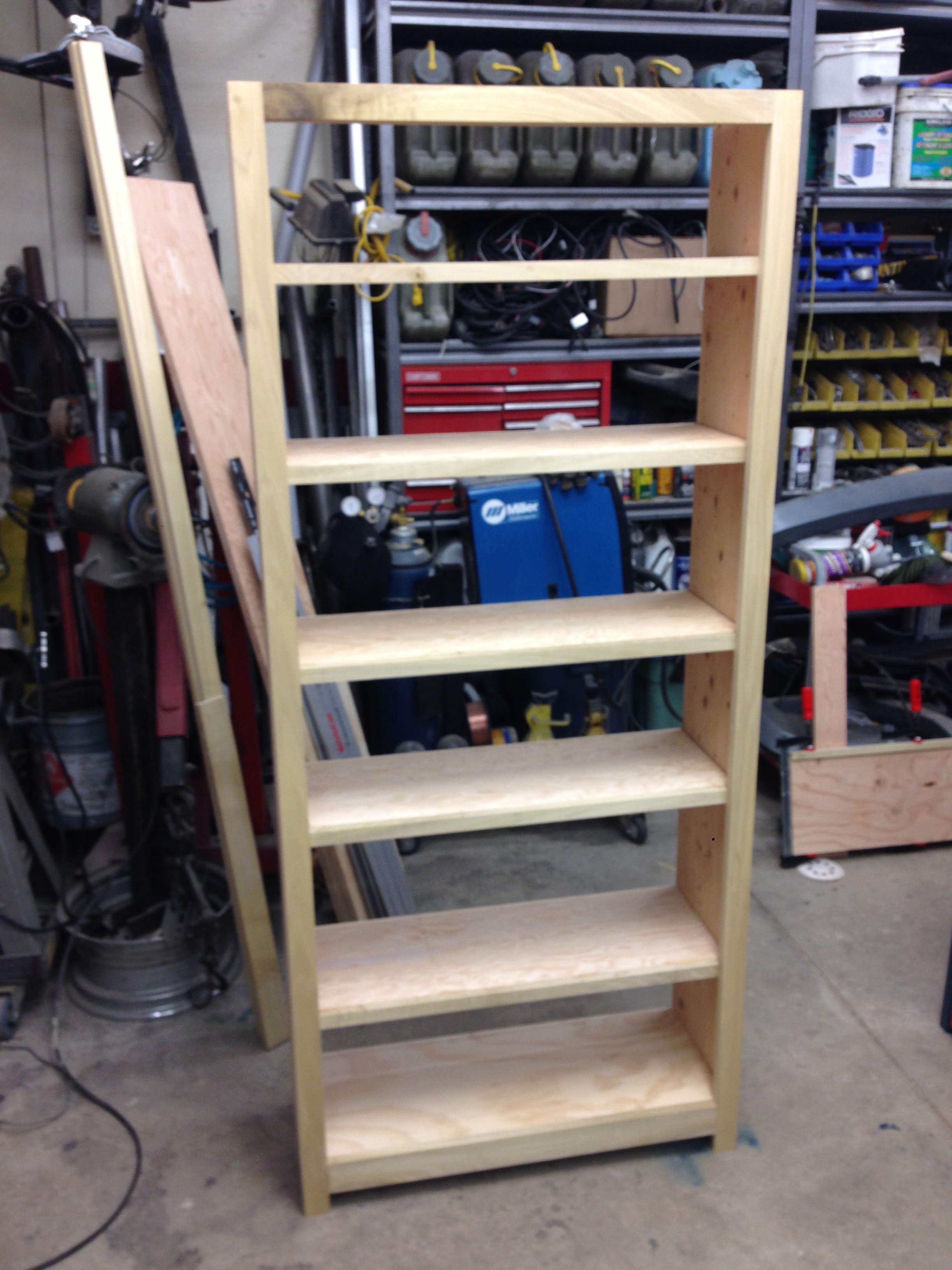UncleJoe
Member
- Joined
- Oct 3, 2011
- Messages
- 154
I did a search and could not find what I wanted and I am pretty sure it is there but I just can't find it. I am looking for a video tutorial on how to use a domino to attach a face frame to a cabinet. I know how to use a domino to make the face frame and in the past I have always used Pocket holes to attach the face frame to the cabinet but this project need a different method as it will be seen from all sides.
I am pretty sure there is a video on this but I can't find it. I am looking for an easy and accurate way to make sure everything is mounted flush with the outside edges.
Thanks for your help
I am pretty sure there is a video on this but I can't find it. I am looking for an easy and accurate way to make sure everything is mounted flush with the outside edges.
Thanks for your help







